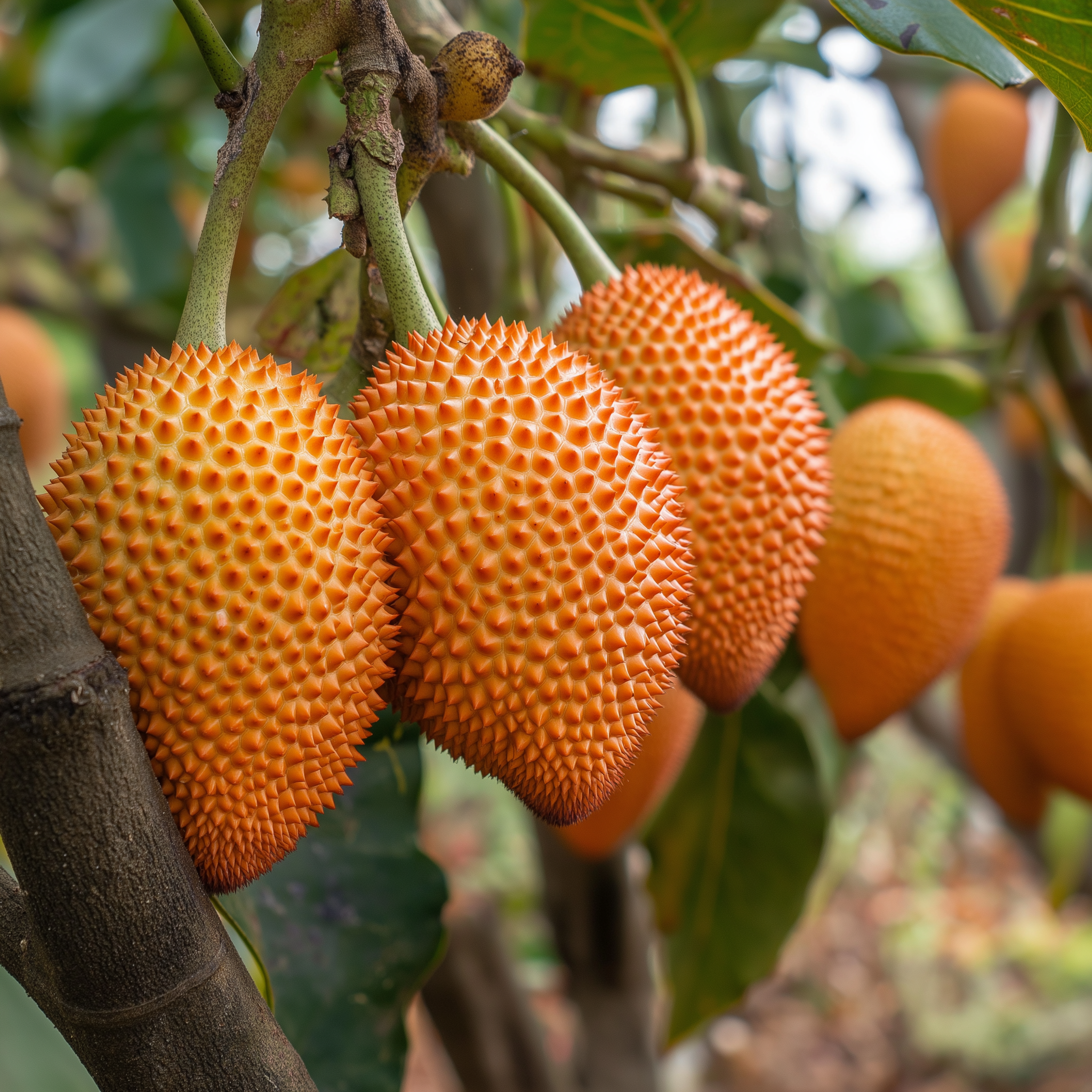How to Grow Romano Pole Beans: A Complete Guide to Planting, Caring, and Harvesting Heirloom Green Beans
About
Romano Pole Beans, also known as Italian Flat Beans, are a treasured heirloom green bean variety renowned for their wide, flat pods, deep green color, and bold flavor. Originating from Italy, these climbing bean plants grow vigorously and are ideal for gardeners looking to utilize vertical gardening techniques. Unlike bush beans, Romano pole beans grow tall and require a trellis or support system, making them space-saving and productive.
The pods are typically harvested when they are 6–8 inches long, tender, and stringless. The rich, earthy flavor makes them a favorite in home cooking and market gardens. Whether eaten fresh, steamed, sautéed, or preserved, Romano Pole Beans offer versatility and high nutritional value.

Why Grow Romano Pole Beans
If you're searching for a high-yielding pole bean variety with outstanding taste and long harvest duration, Romano pole beans are an excellent choice. These organic climbing beans are packed with fiber, plant-based protein, vitamins A and C, and essential minerals such as potassium and magnesium.
Key reasons to grow Romano Pole Beans:
-
Space-efficient: Ideal for small gardens or raised beds due to vertical growth.
-
Prolonged harvest: Produces consistently over several weeks.
-
Improves soil: Beans fix atmospheric nitrogen, enriching the soil naturally.
-
Resilient and easy to grow: Tolerant to heat and generally pest-resistant.
Adding Romano Pole Bean seeds to your garden enhances both productivity and sustainability, making them perfect for eco-conscious gardeners and urban growers.
When to Plant
Plant Romano Pole Bean seeds in the garden once the danger of frost has passed and the soil temperature is consistently above 15°C (59°F). For most regions, this means late spring to early summer. The beans thrive in warm weather and need soil and air temperatures between 18°C–29°C (65°F–85°F) for optimal growth.
For extended harvest, consider succession planting every 2–3 weeks until midsummer. Avoid planting too early, as cold soil can slow germination and stunt seedling development.
Where to Plant
Romano Pole Beans perform best in a sunny location with at least 6–8 hours of direct sunlight per day. Choose a well-drained, fertile soil enriched with organic matter such as compost or aged manure. The ideal soil pH is 6.0–6.8.
To support their climbing habit, install:
-
Garden trellises
-
Bamboo poles in teepee formation
-
Netting or fencing for vertical growth
Raised beds, containers, or traditional rows all work well for growing pole beans as long as proper support is in place. This makes them a smart pick for urban gardens, balcony planters, and vertical vegetable gardens.
How to Plant
-
Direct sowing is the most effective method for planting Romano Pole Beans.
-
Plant seeds 1 inch deep and 4–6 inches apart, with rows spaced 18–24 inches apart.
-
Set up your trellis or support structure before sowing, to avoid disturbing the roots later.
-
Water the soil lightly after planting to encourage even germination.
-
Seeds usually sprout within 7–10 days, depending on temperature and moisture.
Pro tip: Soaking seeds overnight before planting can enhance germination rates.

How to Care
Romano Pole Beans are low-maintenance but benefit from consistent care to maximize yields:
-
Watering: Water deeply once or twice a week. Keep the soil evenly moist, especially during flowering and pod development. Avoid wetting the leaves to reduce disease risk.
-
Mulching: Apply organic mulch (straw, shredded leaves) around the base to conserve moisture and suppress weeds.
-
Feeding: Beans typically don't need nitrogen-rich fertilizers. Over-fertilizing may cause lush foliage with fewer pods. Instead, use compost or a balanced organic vegetable fertilizer if needed.
-
Training: Gently train the vines to climb the support system. They naturally twine, but occasional guidance encourages even coverage.
-
Pest & Disease Control: Monitor for common bean pests like aphids, Mexican bean beetles, and spider mites. Use neem oil or insecticidal soap early on. Ensure good airflow to prevent powdery mildew and rust.
Companion Plants
Romano Pole Beans grow well with a variety of companion plants that improve yield and reduce pest pressure:
-
Corn: Acts as a natural trellis for beans to climb.
-
Radishes: Help deter aphids and beetles.
-
Marigolds and Nasturtiums: Natural pest repellents and pollinator attractors.
-
Cucumbers and Squash: Share space efficiently in the garden.
Avoid planting near:
-
Onions, garlic, or leeks – may inhibit bean growth due to sulfur compounds.
Harvesting
Romano Pole Beans are ready to harvest about 60–70 days after planting. Begin picking when pods are:
-
6 to 8 inches long
-
Smooth, tender, and bright green
-
Before seeds inside fully mature
Use clean garden scissors or snip by hand. Harvest regularly (every 2–3 days) to encourage continued production throughout the growing season.

Uses
Romano Pole Beans are exceptionally versatile in the kitchen. Their rich, earthy flavor and firm texture make them perfect for:
-
Stir-fries and sautés with garlic, lemon, or chili flakes
-
Braised bean dishes with tomatoes and herbs
-
Green bean salads—blanched and tossed with vinaigrette
-
Canning and pickling for long-term storage
-
Soups and stews, where their structure holds up well
They pair beautifully with olive oil, garlic, fresh basil, and Parmesan cheese in Mediterranean dishes.
Final Thoughts
Romano Pole Beans are a must-have in any home vegetable garden. Their high yields, nutritional value, and climbing nature make them ideal for gardeners with limited space who want maximum productivity. Whether you're growing them for fresh eating, preserving, or simply to enrich your soil, these heirloom pole beans are a rewarding and sustainable addition to your garden.
Order high-quality Romano Pole Bean seeds from OrganicIndiaSeeds.com today and enjoy weeks of fresh, tender beans straight from your garden.



اترك تعليقًا
This site is protected by hCaptcha and the hCaptcha Privacy Policy and Terms of Service apply.